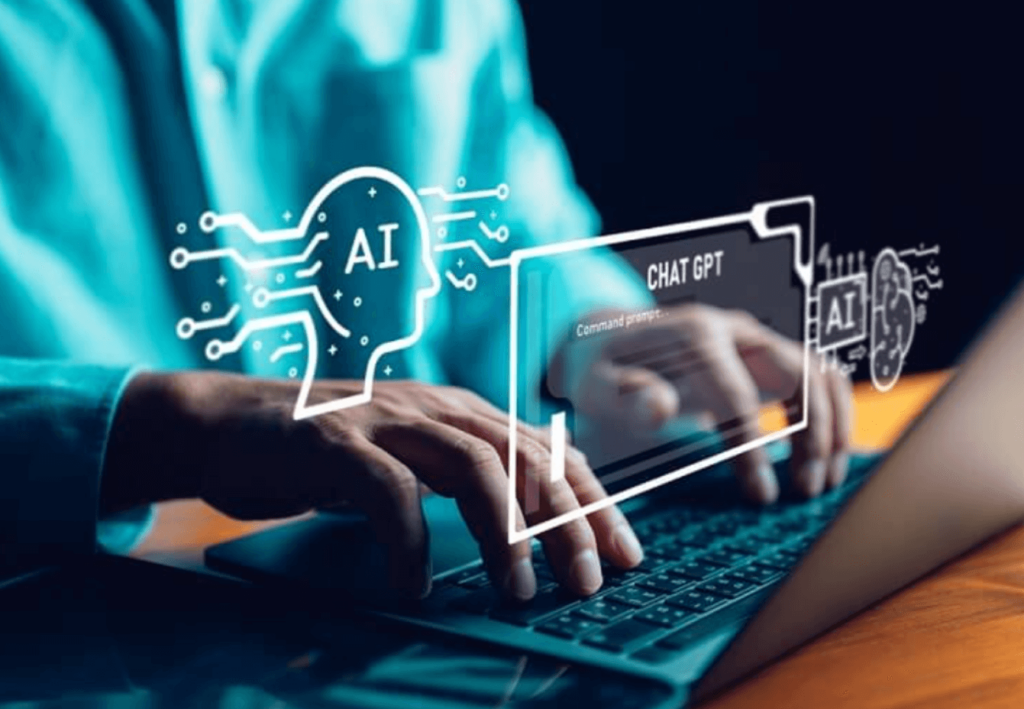The formidable power of generative artificial intelligence (GenAI) combined with other existing AI models can transform how companies operate and individuals work.
For economies, it will likely fill skills gaps and address demographic challenges, such as ageing.
Rapid adoption of the technology so far by businesses and individuals suggests the impact may well be felt more quickly than has been the case with other transformative technologies.
However, its creative capabilities increase the potential for job losses across advanced and emerging economies.
Governments will likely face the challenge of weighing up the benefits of broad adoption against the likely social pressures.
GenAI has the potential to increase productivity, compensate for skills gaps and raise longer-term economic growth beyond past AI advances.
Its ability to produce original content and generate code will also accelerate technological innovation.
Efficiency and innovation gains will likely be seen first in services and creative industries, but combined with other AI models, it will spread across most industries and into the public sector.
Economies with ageing populations or skills shortages stand to benefit most.
Macroeconomic benefits will not become tangible, however, until the technology diffuses broadly across economies.
Rapid and widespread adoption may create social and political tensions.
The rapid adoption of GenAI applications will displace workers in tasks requiring moderate skills, including content creation, and where wages are moderate to high.
Unless new well-paying jobs are created, worker displacement may result in unemployment among an educated and skilled workforce and raise income inequality.
Economies with large services sectors and high labour costs will be most vulnerable. Political tensions may ensue, creating dilemmas for governments in their approach to AI policy.
Ethical and security issues, including misuse of the technology, are further risks.
Appropriate regulation and policy responses will minimize social disruption while reaping technological benefits.
Broad adoption of GenAI is likely to depend on the safety of, and trust in, the technology, and it will be up to governments and regulators to maximize benefits and minimize misuse.
Rules governing the use of GenAI will be crucial because social risks and policy challenges are likely to emerge well before the benefits have time to accrue.
With off-the-shelf GenAI models already launched and in use, regulators will need to catch up.
Governments with strong policy-making institutions are more likely to develop credible frameworks.
Stronger social safety nets and more effective worker training and education may minimize social risks, although these could come at a cost.
The article was first published by Moody’s Investor Service










